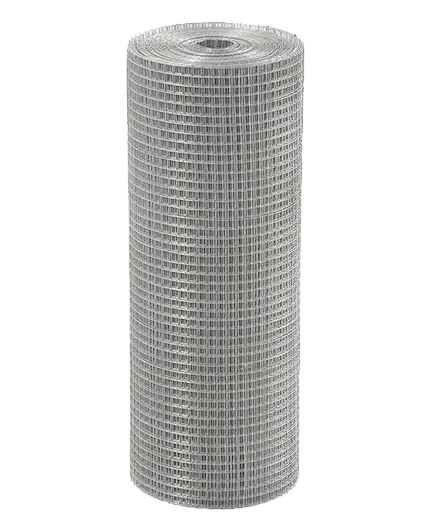Nov . 14, 2024 09:39 Back to list
barbed wire
The Symbolism of Barbed Wire More Than Just a Physical Barrier
Barbed wire, initially invented in the late 19th century, has evolved from a practical agricultural tool into a powerful symbol of division, conflict, and restriction. While its primary purpose is to secure premises and keep livestock contained, the implications and representations surrounding barbed wire extend far beyond its functional use.
At its core, barbed wire is designed to keep things in their place animals within a fence, property secure from intruders, and, symbolically, to maintain boundaries. The sharp, protruding points serve as a warning, creating an immediate and visceral reaction in anyone considering crossing it. This physical barrier has become a metaphor for various forms of separation in society—geographic, political, and psychological. In a world filled with borders and boundaries, barbed wire represents the often arbitrary distinctions that can fracture communities and fuel conflicts.
Historically, barbed wire gained infamy during periods of war. It was extensively used in World War I to protect trenches and control movement across battlefields. The sight of barbed wire, intertwined with muddy landscapes and the remnants of conflict, evokes images of despair and desperation. It became a physical manifestation of the struggles faced by soldiers and civilians caught in the throes of war. In this context, it isn't just a boundary but a boundary laden with the weight of sorrow, loss, and trauma.
barbed wire

Additionally, barbed wire has been employed in concentration camps and detention centers, symbolizing oppression and dehumanization. Prisoners of war and individuals fleeing conflict have faced the harsh reality of being trapped within these wire confines, signifying a loss of freedom and agency. The stark contrast between the barbed wire and the human spirit creates a poignant dialogue about resilience, resistance, and the will to fight against adversity—a duality that has been explored in innumerable artworks and literature.
Beyond war and suppression, barbed wire finds itself at the center of contemporary issues, such as migration and asylum. Borders fortified with barbed wire have come to signify the tension between nations grappling with influxes of refugees and migrants seeking safety and a better life. Here, it embodies the barriers that society erects in the face of humanitarian crises and prompts critical conversations surrounding empathy, justice, and the shared humanity that transcends geographical divides.
Artistic representations of barbed wire often challenge viewers to reconsider their perceptions of freedom and entrapment. Artists utilize the imagery of barbed wire to provoke thought about societal structures that limit personal and collective growth. Through installation art, photography, and poetry, the sharp edges of the wire take on new forms of meaning, transforming a tool of confinement into a powerful commentary on the human experience.
In summary, while barbed wire may serve practical purposes, its deeper symbolism resonates across various facets of human existence. It is a miracle of engineering turned into a metaphor for division, conflict, and resilience. Whether in the context of historical battles, current humanitarian crises, or personal struggles, barbed wire remains a vivid reminder of the barriers we create—both physical and metaphorical—and the enduring human spirit that seeks to overcome them. As we examine its complex legacy, we are urged to reflect on the nature of boundaries and the ways in which they shape our lives and perspectives.
-
Welded Wire Mesh for Industry Factory - Anping County Puersen Hardware Wire Mesh Products Co., Ltd.
NewsAug.29,2025
-
Welded Wire Mesh for Industry Factory | Durable & Cost-Effective Solutions
NewsAug.29,2025
-
Durable Welded Wire Mesh for Industry Factory | Custom Solutions
NewsAug.27,2025
-
Durable Welded Wire Mesh for Industry Factory - High Quality
NewsAug.26,2025
-
Leading Galvanized Steel Fence Factory | Durable & Secure Fencing
NewsAug.24,2025
-
Welded Wire Mesh for Industry Factory - Durable & Custom Solutions
NewsAug.23,2025

